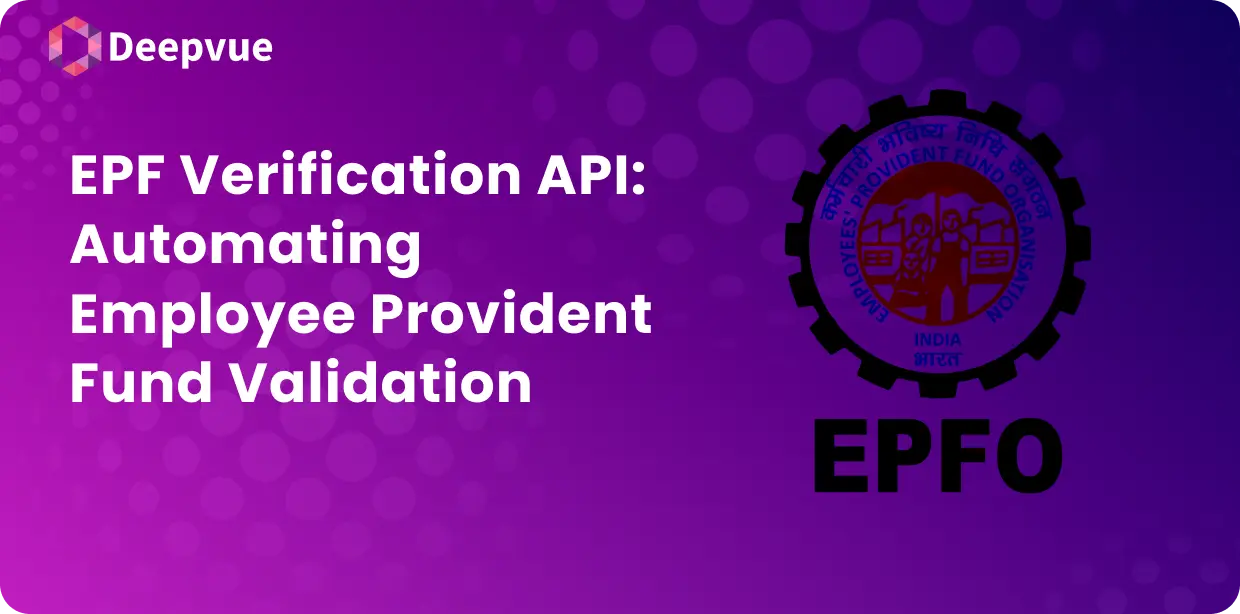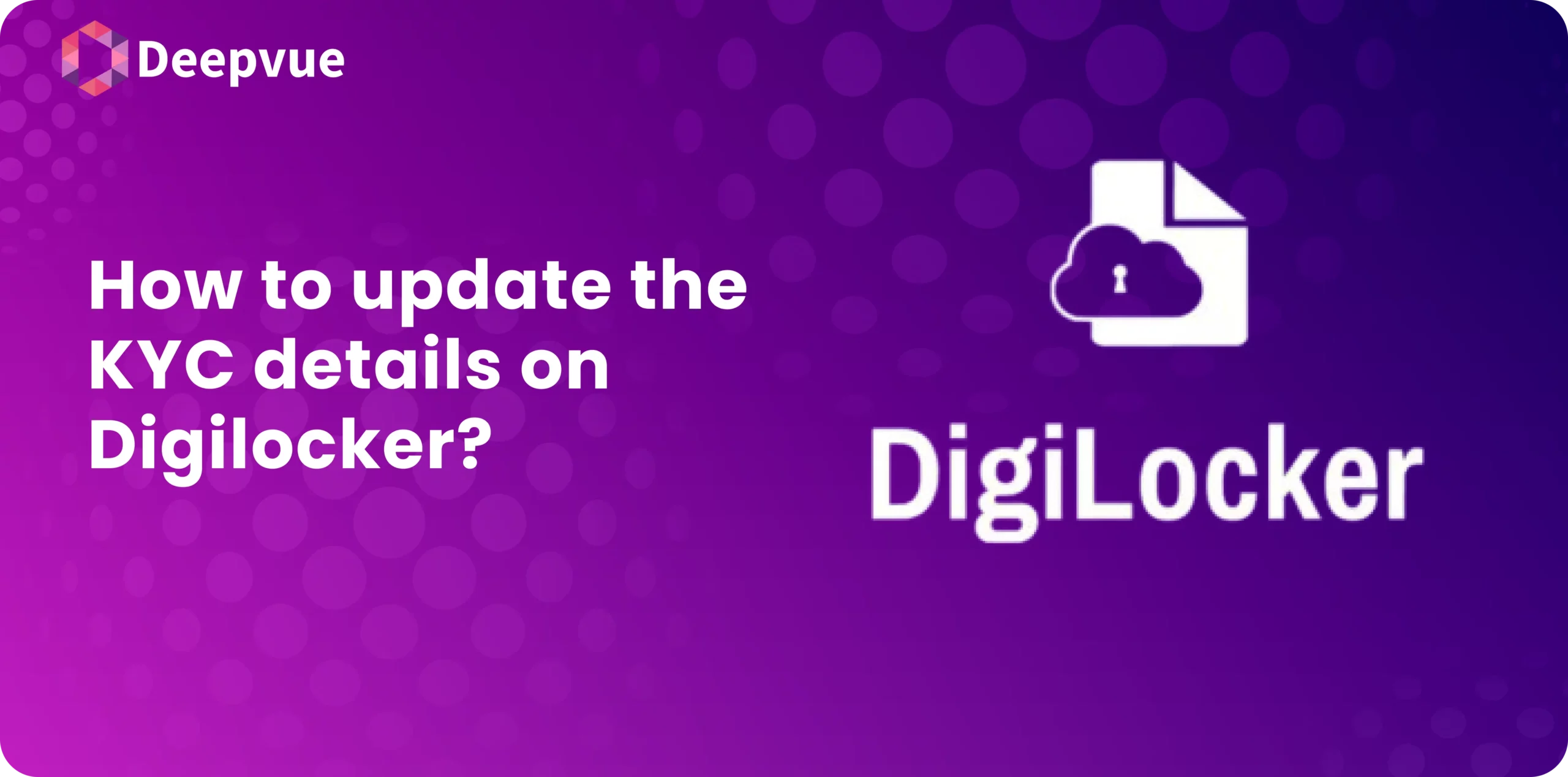In the financial sector, open banking is an innovative solution to financial services. Through secure access to financial information, open banking promotes competition and innovation, giving consumers access to better services and improved user experience.
What is Open Banking?
Open banking refers to a system in which banks and other financial institutions open up their customers’ financial data to authorized third parties. The model moves away from the conventional banking system, where customer data is closed and unavailable to external parties. With the introduction of application programming interfaces (APIs), open banking allows third-party developers to securely access financial information, dramatically changing how data is exchanged within the banking ecosystem.
At its core, open banking is a financial services model that enables the sharing of financial data between institutions through APIs. This open approach incites fintech businesses and financial institutions to innovate and provide tailored products and services. Open banking brings down the silos by giving the customers more choice and control over their financial information.
How Open Banking Works?
Open banking work begins with obtaining consent from customers to share their financial data. After authorization is obtained, this information is transferred securely to approved third-party providers, which are usually fintechs or other financial institutions. Using open banking APIs, these providers can provide varied financial offerings, ensuring a smooth flow of information while emphasizing security and user experience.
The Banking Framework of Open Banking
Open banking’s banking framework consists of three main elements: account information, product information, and payment initiation. Open banking began to gain traction in the UK in 2018, with the country’s largest banks required to implement standards that make the customer’s data securely accessible. This initiative was also supported by the EU’s Payment Services Directive (PSD2), which requires all payment service providers and banks to expose their customers’ financial information to authorized parties, increasing competition and customer choice.
Benefits of Open Banking
The advantages of open banking are extensive, providing richer financial services that empower businesses and consumers alike. Through the use of detailed financial information, organizations can make strategic decisions, from evaluating risks to investment planning, beyond the scope of conventional financial statements.
Enhanced Financial Services
Open banking enables companies to gain access to a level of financial data that can improve their decision-making processes significantly. With the ability to analyze a broad range of financial data, companies can tailor their offerings to meet specific customer needs, resulting in improved risk assessments and more effective investment planning.
Improved User Experience
Open banking can simplify money management in various ways, allowing users to make secure payments more efficiently than conventional online banking methods. Through account aggregation, consumers can see all of their bank accounts and financial data in one live dashboard, offering a comprehensive view of their finances and allowing them to make better financial choices.
Greater Financial Transparency
Open banking has the potential to enhance financial inclusion by opening up digital financial services to a wider population. Through the provision of small loans and credit facilities to consumers and businesses who were previously excluded from accessing them, open banking fosters an open financial environment that favors those requiring finances.
Open Banking APIs
Understanding Open Banking APIs
An API, or application programming interface, serves as a set of rules and tools that facilitate seamless interactions between software applications, even if developed by different entities. Open banking relies heavily on these APIs to securely share financial data between various financial institutions, enhancing collaboration and innovation.
How to Leverage Open Banking APIs
Using open banking APIs can help greatly simplify payment processes by making more direct forms of payment possible. The APIs usually go around using conventional payment gateways, thus cutting transaction costs for companies and customers alike, resulting in a more effective and less costly banking experience.
Examples of Open Banking APIs
Open banking APIs simplify the often cumbersome process of switching from one bank’s checking account service to another. Additionally, they can analyze consumers’ transaction data, empowering them to identify the best financial products and services tailored to their unique preferences and needs.
Risks of Open Banking
Security Concerns
Though open banking brings with it several advantages, it also poses some potential security threats. Third-party data poses a higher threat of breaches since malicious applications could drain out a customer’s account. Greater concerns about the data breach as a result of hacking or low-level security safeguards must also be mitigated.
Data Privacy Issues
The sharing of financial data through open banking raises both promising opportunities and significant risks for consumers. As more data is shared, there is an increased potential for misuse, reminiscent of market consolidation seen in other tech services, leading to consumer concerns over data privacy and security.
Regulatory Challenges
The changing regulatory environment of open banking poses continuing challenges to financial service providers. Compliance with such dynamics may be time-consuming, in many cases requiring specialized internal staff or external professionals to handle the intricacies of open banking regulation successfully.
The Future of Open Banking
Trends in Open Banking
Open banking is rapidly becoming the standard practice among banks and fintechs alike. As regulations evolve to align with the advancements in open banking, the financial landscape is poised for significant innovation and technological enhancements that will redefine consumer experiences.
Expanding Open Banking Ecosystem
With the growth of open banking, it is now transforming the financial services sector. The rise of specialized products is poised to revolutionize established financial service providers to the point that there is an open banking system that is competitive and dynamic but advantageous to the consumer.
Innovations in Banking Services
Innovative fintech players are aggressively looking to safely access consumer information to provide better and personalized banking services. Thus, established banks are also changing, creating services that enable customers to provide their financial details securely and improve their overall experience.






